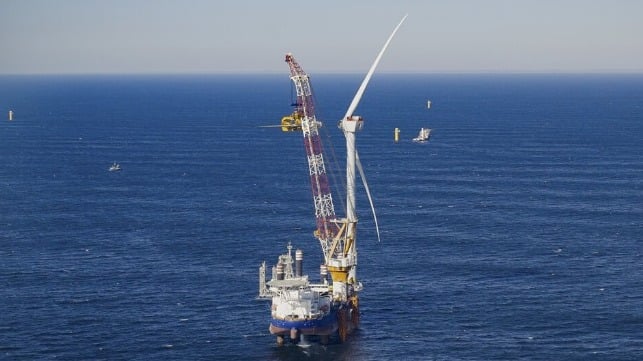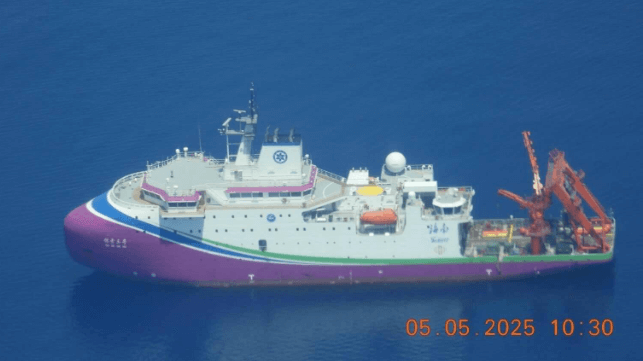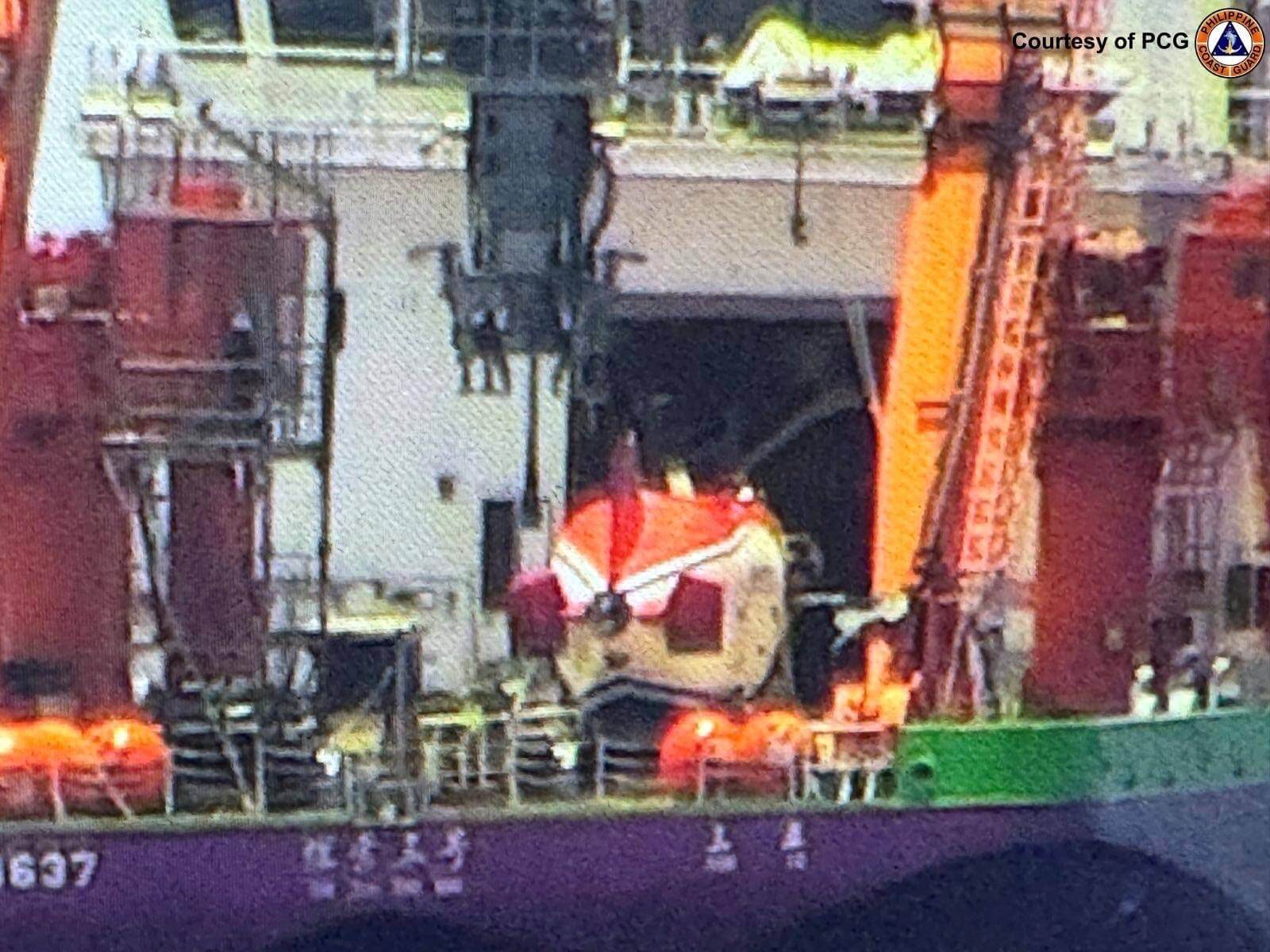Equinor Nears Walk Away from Empire Wind as Stop Work Order Costs Mount

Equinor is lashing out at the Trump Administration and the Department of the Interior saying it has been unable to get information and resolve the stop work order on the Empire Wind offshore energy project. Four weeks ago, Interior Secretary Doug Burgum ordered the stop work asserting that the permitting had been rushed and required further reviews.
Molly Morris, president of Equinor Renewables Americas, in an interview with POLITICO on Friday, May 9, called the situation “urgent and unsustainable.” According to the story, the company has been unable to secure a meeting with Burgum to hear his explanation and has not received the purported report that raised questions about the permitting. POLITICO notes that the report or further details have not been released by the Department of the Interior, which said the project required further review.
Bloomberg is reporting in a story on May 12 that the CEO of Equinor, Anders Opedal, and senior officials met with the US National Economic Council Director Kevin Hassett. It says that the company has received no indication of a chance in stance from the Trump administration, which has vowed to stop the offshore wind energy industry.
“If no progress is made within days, Equinor will be forced to terminate the project,” Bloomberg reports Morris said Monday. “We are still fighting every day to find a resolution.”
Equinor highlights that it spent seven years in review of the project before gaining all the necessary approvals in 2024. Work started last year, and the company says the project is approximately 30 percent completed, with work on the onshore cabling and development of the South Brooklyn Marine Terminal in New York progressing. Offshore work had been scheduled to start when the order was issued, and the company reported it complied by stopping the offshore projects.
Morris is saying that the stop work order is costing the company $50 million a week. It has 11 vessels on standby and more than 100 people who had been scheduled to start the offshore portion of the project this spring. Work has continued onshore, but now the company says without information from the Trump administration, it will be forced in a matter of days to walk away from the project.
Equinor says it has invested about $2.7 billion so far in the project that was budgeted to cost $5 billion with commercial operations beginning in 2027. As of the end of March, Equinor reported it had drawn around $1.5 billion under the project finance term loan facility and that it had provided guarantees for the equity commitment in the project financing. In a full stop scenario, the company said it would have to repay the $1.5 billion and would be exposed to termination fees towards its suppliers.
Equinor is highlighting that this situation is larger than its project and about the administration honoring contracts and financial investments. Other companies, including Shell, TotalEnergies, and RWE, have already walked away from or paused their plans in the U.S. market citing the uncertainties and increased risks.
“They are setting a dangerous precedent by stopping a project in mid-execution,” Bloomberg reports Morris is now asserting.
Speaking to investors during its quarterly report at the end of April, Equinor called the stop work order “unlawful.” Management said they were reviewing the situation and considering legal options.
New York state was quick and vocal in its objection and support of Equinor when the Trump administration ordered the stop work. Since then, 17 states and the District of Columbia filed suit in federal court challenging Trump’s executive order and the enforceability of the stop to the leasing process for offshore energy projects.


